Afghanistan: An Overview of Islam
Muhammad, basic beliefs, the Shias and Sunnis, the spread of Islam and the Caliphates, Shias and Sunnis today
In my experience, most Westerners know very little about Islam and the people and culture of the Middle East and Central Asia. I am definitely not an expert, but as this series makes clear, I have lived in Afghanistan, I have friends who are Moslem, and I have been interested in many different facets of the culture for years.
What I have learned is that the vast majority of Moslems are good, kind and loving people who—just like Westerners—want to live in peace in their own countries, go to school, find a career, get married, have children, and raise their families in the best way they can.
They are not the other. They are us.
In the effort to open one small door to mutual respect and understanding, I decided to take a break from my personal story this week and present an overview of the teachings and history of Islam. Hopefully you will find it interesting and maybe even surprising in places.
The Souls of Poets
If we are fanatical about anything, it is in our love of poetry.
—Masood Khalili, Afghan Diplomat and Poet
The Afghans, Persians and Arabs have always had a special place in their hearts for oral language and poetry. This is one reason they love the Quran, the holy book of Islam. The words with which it is written are apparently remarkable for their beauty, sophistication and power. Which at first sight is amazing because the Quran was brought into the world by a tradesman named Muhammad who could neither read nor write.
Muhammad
Muhammad was born in Mecca, in present-day Saudi Arabia, around 570 CE. His father died before he was born, and his mother, Amina, died when he was just six years old. After his mother's death, he was taken care of by his grandfather, Abdul-Muttalib, and later by his uncle, Abu Talib.
Muhammad entered trade and commerce as a young man and gained a reputation for honesty and integrity. At the age of 25, he married a wealthy widow named Khadijah, who was 15 years older than he. Khadijah provided him with both financial resources and companionship, and by all reports they were happy together.
Muhammad also had a spiritual side and would often retreat to the Cave of Hira, in the mountains near Mecca, to meditate. It was during one of these retreats, when he was 40, that he reportedly met and received revelations from the Angel Gabriel for the first time.
Muhammad continued to receive revelations at different times over the next 23 years (until his death in 632 CE). The revelations, which Moslems believe to be the direct word of God, emphasize the oneness of God, the importance of worship, social justice (taking care of widows and the poor), compassion, and the moral conduct of individuals.
Because he was illiterate, Muhammad memorized the revelations, as did his companions. Some companions also wrote parts of the revelations down on various materials, including parchment, bones and palm leaves. However, the Quran was not compiled into a single written manuscript until 632–634 CE, shortly after Muhammad’s death. A standardized version of the Quran was produced about 20 years later, and this is the Quran that exists today. The process of memorization and oral transmission continues to be highly valued, and millions of Muslims worldwide still memorize the entire Quran.
The Core Beliefs
The core beliefs of Islam are stated in the six articles of faith and the five pillars of Islam.
Six Articles of Faith
Belief in God: God, or Allah, is one. There is no deity but Allah.
Belief in Angels: Angels are spiritual beings created by God to carry out various tasks.
Belief in Scriptures: All of the divine books revealed to earlier prophets are true. The final and complete scriptural revelations, however, were given to Prophet Muhammad and are contained in the Quran.
Belief in Prophets: Moslems believe in all the prophets and messengers of God, including Adam, Noah, Abraham, Moses, Jesus and Muhammad.
Belief in the Day of Judgment: There is an afterlife, and individuals will be held accountable for their deeds. Heaven and hell exist.
Belief in Divine Will (Qadr): Everything that happens in the universe is within the knowledge and control of God.
Five Pillars of Islam (Acts of Worship)
Shahada (Declaration of Faith): Moslems must bear witness that there is no god but Allah and Muhammad is His messenger.
Salah (Prayer): Moslems must perform ritual prayers five times a day facing the Kaaba in Mecca.
Zakat (Charity): Moslems must give alms or charitable donations to support the less fortunate and community welfare.
Sawm (Fasting during Ramadan): Moslems must fast from sunrise to sunset during the month of Ramadan.
Hajj (Pilgrimage to Mecca): All Moslems who are financially and physically able must make a pilgrimage to Mecca at least once in their lifetime.
The Beauty of the Language
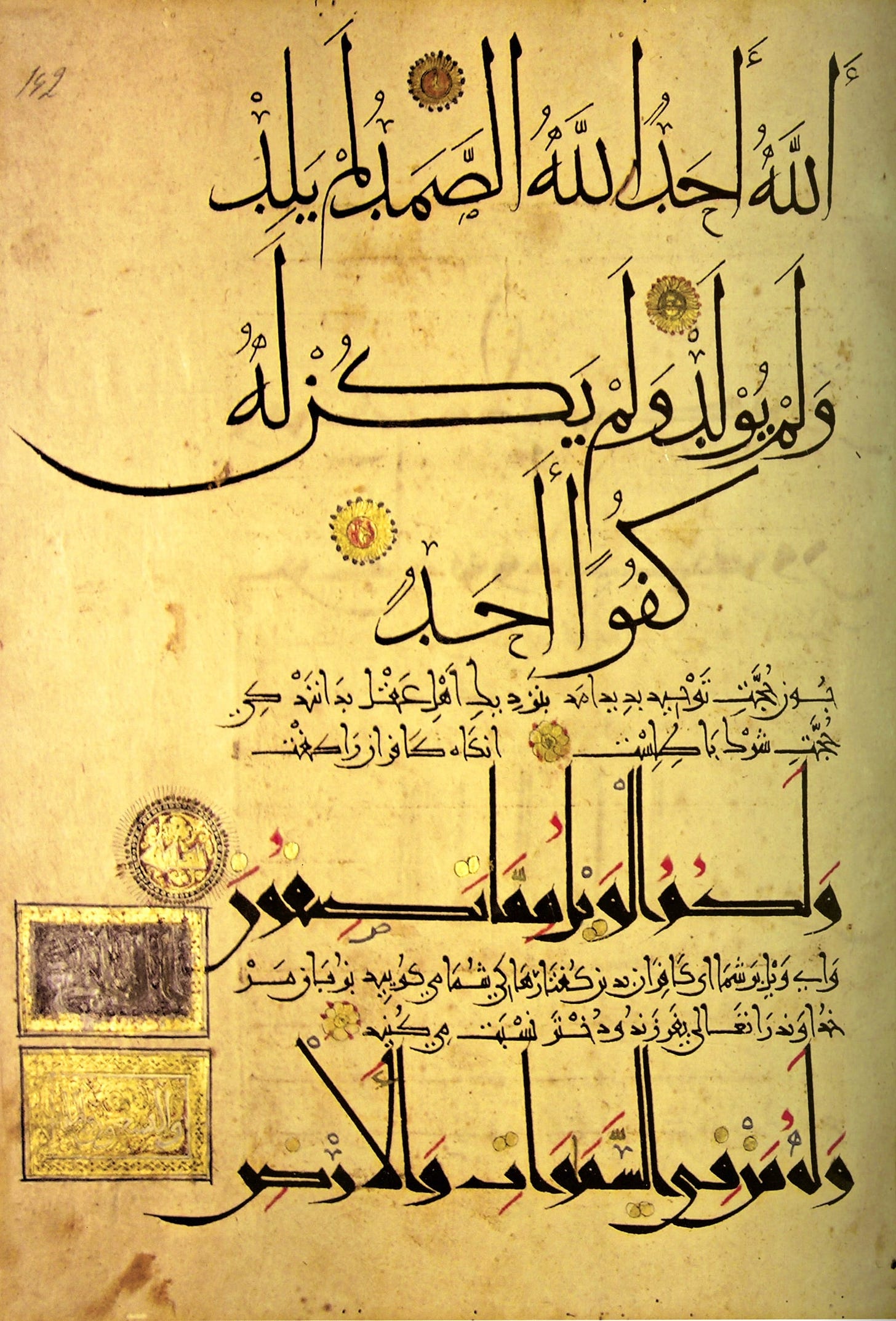
As I mentioned above, Moslems revere the Quran not only for its content but also for the beauty and eloquence of its language. The Quran uses vivid and powerful imagery, as well as metaphors and similes, to convey complex spiritual and moral concepts. It uses rhythm and repetition for emphasis, repeating certain themes and phrases. Some verses are poetic, while others are more prosaic.
Despite its poetic and profound language, the Quran is also known for its clarity of expression. The messages are often straightforward and direct, making them accessible to a wide audience.
For such reasons, it is clear that Muhammad could not have composed the Quran himself and that something profound happened to him, beginning with his meditations in the Cave of Hira and continuing for the rest of his life.
Sunnis and Shias
Muhammad died in 632 CE. Upon his death, his followers began to disagree about who should succeed him as leader (caliph).
Some believed that the leadership of the Muslim community (caliphate) should be determined through consensus or election. They thought that the caliph should be a pious and capable individual chosen by the Muslim community and that leadership did not need to come from the Prophet's family. These people became known as Sunnis.
Others, however, believed that Ali ibn Abi Talib was the rightful successor to the Prophet. Ali was Muhammad’s cousin; he was also married to Muhammad’s daughter, Fatimah. Ali’s supporters argued that leadership was divinely appointed and that it should stay in the lineage of Ali and Fatimah, including the divinely appointed Imams who would succeed them. These people became known as Shias.
The Spread of Islam
After the death of Muhammad, the teachings of Islam spread quickly throughout the Arabic Peninsula and beyond. A major part of this was due to military conquest. However, Muslim traders, scholars and missionaries also played a crucial role in disseminating Islamic culture, sciences and governance systems.
The Caliphates
I had a vague idea about the different caliphates, but I didn’t really understand them well until I started doing research for this post. Here is what I’ve discovered:
The term Caliphate in Islam refers to the political and religious leadership that succeeded the Prophet Muhammad after his death. The caliph (successor in Arabic), was the head of the entire Muslim community, with responsibility for both political and religious affairs. Over the centuries, the caliphates turned into actual empires, with responsibilities for vast areas of the world. The major empires included:
Rashidun Caliphate (632–661 CE)
Also known as the Rightly Guided Caliphate, this was the first caliphate in Islam following the death of Muhammad in 632 CE. Sunnis view the Rashidun Caliphate as a period of exemplary leadership and adherence to the principles of justice and piety that Muhammed taught. The caliphs were close associates of his and played key roles in preserving and spreading Islam in its early years.
In 656 CE, Ali, the cousin and son-in-law of Prophet Muhammad, became the fourth Caliph. His caliphate was marked by internal conflicts and political strife, however, and he was assassinated in 661. This marked the end of the Rashidun Caliphate.
Umayyad Caliphate (661–750 CE):
The Umayyad Caliphate was the second major caliphate in Islamic history. They came from the Umayyad clan, which was part of the larger Quraysh tribe to which Muhammad also belonged. The Umayyad Caliphate is known for the expansion of Islamic territories, the establishment of a centralized administration, and the shift of the capital from Medina, Saudi Arabia, to Damascus, Syria.
The Umayyad Caliphs conquered parts of the Byzantine Empire, including Syria, Palestine and Egypt. They also crossed into North Africa, capturing territories in present-day Libya, Tunisia, and Algeria, as well as into Central Asia and the Indian subcontinent. Between 711-732 CE, Umayyad forces crossed the Strait of Gibraltar and conquered Spain, reaching as far north as Poitiers in France. (Their advance was halted by the Franks at the Battle of Tours in 732 CE.)
The Umayyad Caliphate maintained the political and military aspects of Islam but faced criticism for deviating from the principles of justice and equality taught by Muhammad. There were tensions and discontent, particularly among groups like the Shia, who opposed Umayyad rule. Dissatisfaction with Umayyad policies and governance eventually led to revolts.
The Umayyad Caliphate came to an end in 750 CE when the Abbasids revolted against it. Some members of the Umayyad family escaped to Spain, where they established the Umayyad Emirate of Cordoba, thereby maintaining Umayyad rule in parts of the Iberian Peninsula.
Abbasid Caliphate (750–1258 CE)
The Abbasids were Arabs who traced their ancestry to Muhammad's uncle, Abbas ibn Abd al-Muttalib (566–653 CE). Because of their closer bloodline to Muhammad, they claimed to be his true successors. The period during which the Abbasid Caliphate was in power is often called the Golden Age of Islam. During this time, remarkable advancements were made in science, philosophy, medicine and the arts.
Khorasan
The Abbasid Revolution actually began in the region of Khorasan, which was far from the bases of Umayyad power in Syria and Iraq, and then spread westward. Khorasan was a Persian-speaking region that encompassed parts of modern-day Iran, Afghanistan, Turkmenistan, Uzbekistan, Tajikistan and Pakistan.
Khorasan was the cradle of various ancient civilizations, including the Persian Empire. It played a crucial role in the spread of Islam during the early Islamic conquests and served as a major center of Islamic culture, scholarship and civilization.
The cities of Khorasan, particularly Nishapur (Iran), Herat and Balkh (both in Afghanistan), were renowned for their cultural and intellectual achievements during the Islamic Golden Age. Khorasan became a center for Islamic learning, with scholars making significant contributions to literature, poetry, philosophy and science.
Baghdad
The Abbasid Caliphate first centered its government in Kufa, Iraq, but in 762 the caliph Al-Mansur founded the city of Baghdad and moved the capital there. Baghdad became one of the most important centers of learning in the entire world, especially after the House of Learning was built, which attracted philosophers, poets, scientists, mathematicians and healers from China, India, Persia and throughout the Arab world.
The end of the Abbasid Caliphate
Over time, the Abbasid Caliphate began to face internal conflicts and external pressures, and the empire began to fragment into regional dynasties. Its final demise occurred in 1258 when the Mongols sacked Baghdad, killed the last Abbasid caliph, al-Musta'sim, destroyed the House of Wisdom, and ended the Abbasid Caliphate.
Ottoman Caliphate (1517–1924 CE)
The Ottoman Empire existed from around 1299 to 1922. Originating in Anatolia (the Asian part of modern-day Turkey), the empire expanded to become a major power in the Middle East, southeastern Europe and North Africa. At its height, it spanned three continents and played a crucial role in shaping the political, cultural, and economic landscape of the Eastern Mediterranean and beyond.
The Empire was founded by Osman I around the turn of the 14th century. Osman's successors, particularly Mehmed II (Mehmed the Conqueror), expanded Ottoman territories through military conquests, including the capture of Constantinople in 1453. The Ottomans changed Constantinople’s name to Istanbul and made it their capital.
The empire was characterized by a centralized administrative structure with a ruler known as the Sultan. After conquering Egypt in 1517, the Ottoman rulers claimed the title of Caliph, signifying their leadership of the Islamic world. Ottoman armies expanded into southeastern Europe, North Africa, and the Middle East. They reached the gates of Vienna, Austria, in the 16th century but were repelled.
The Ottoman Empire was characterized by its religious and cultural diversity. Although Islam was the dominant religion, the empire was home to various ethnic and religious groups, including Muslims, Christians and Jews.
Golden Age and Decline:
The 16th and 17th centuries are often considered the Ottoman Empire's Golden Age. During this period, Ottoman culture, art, and architecture flourished. However, the empire gradually faced internal strife, economic challenges, and military defeats, leading to a period of decline.
The Ottoman Empire sided with the Central Powers during World War I and faced defeat. After the war, the empire went through a process of partition and occupation by Allied forces. The Turkish War of Independence, led by Mustafa Kemal Atatürk, resulted in the establishment of the Republic of Turkey in 1923 and marked the end of the Ottoman Empire. In his effort to modernize and secularize Turkey, Atatürk abolished the caliphate in 1924. This marked its end as a political institution.
Although there is no idea of a single, universally recognized caliphate today, the term is sometimes used by extremist groups to denote their leadership.
Sunnis and Shias Today
Although these two groups all accepted the Six Articles of Faith and the Five Pillars of Islam, the question of succession divided them, with serious consequences.
Today, Sunnis constitute approximately 85-90% of Muslims worldwide. They form the majority in Saudi Arabia, Egypt, Jordan, Morocco, Turkey, Afghanistan, and Pakistan. They also form the majority in Indonesia, which has the largest Muslim population in the world.
In contrast, Shias make up approximately 10-15% of the Muslim population worldwide. They are in the majority in Iran, which is the largest Shia-majority country in the world. Other Shia-majority countries include Iraq, Bahrain and Azerbaijan. Significant minorities are also found in Lebanon, Pakistan, Yemen, Syria, India and Afghanistan.
In Lebanon, the Shia community is known as Hezbollah. In Yemen, the Houthi minority is Shia. In Afghanistan, the largest group of Shias are the Hazaras.
As you can see, these divisions are playing a significant role in global politics today. Iraq is a Shia-majority country, yet Saddam Hussein and his supporters were Sunni. This led to widespread discrimination of the majority by the minority.
Shia-majority Iran and its allies (Hezbollah and the Houthis) are vying with Sunni-majority countries like Saudi Arabia, Egypt and Syria for power and influence throughout the Middle East. The current rulers of Afghanistan—the Taliban—are a fanatical sect of Sunni Muslims who view the Shia Hazaras as infidels and are actively seeking to eliminate them.
Future Posts
In my next post, I will continue with my personal story. In future posts, however, I will also write about the Golden Age of Islam under the Abbasids, which was an absolutely amazing period of learning that arguably led to the Renaissance in Europe. I will also focus on Sufism, which is an inner, esoteric form of Islam that produced such amazing poets as Rumi and Hafez.


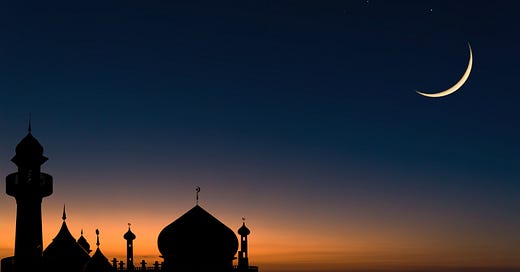



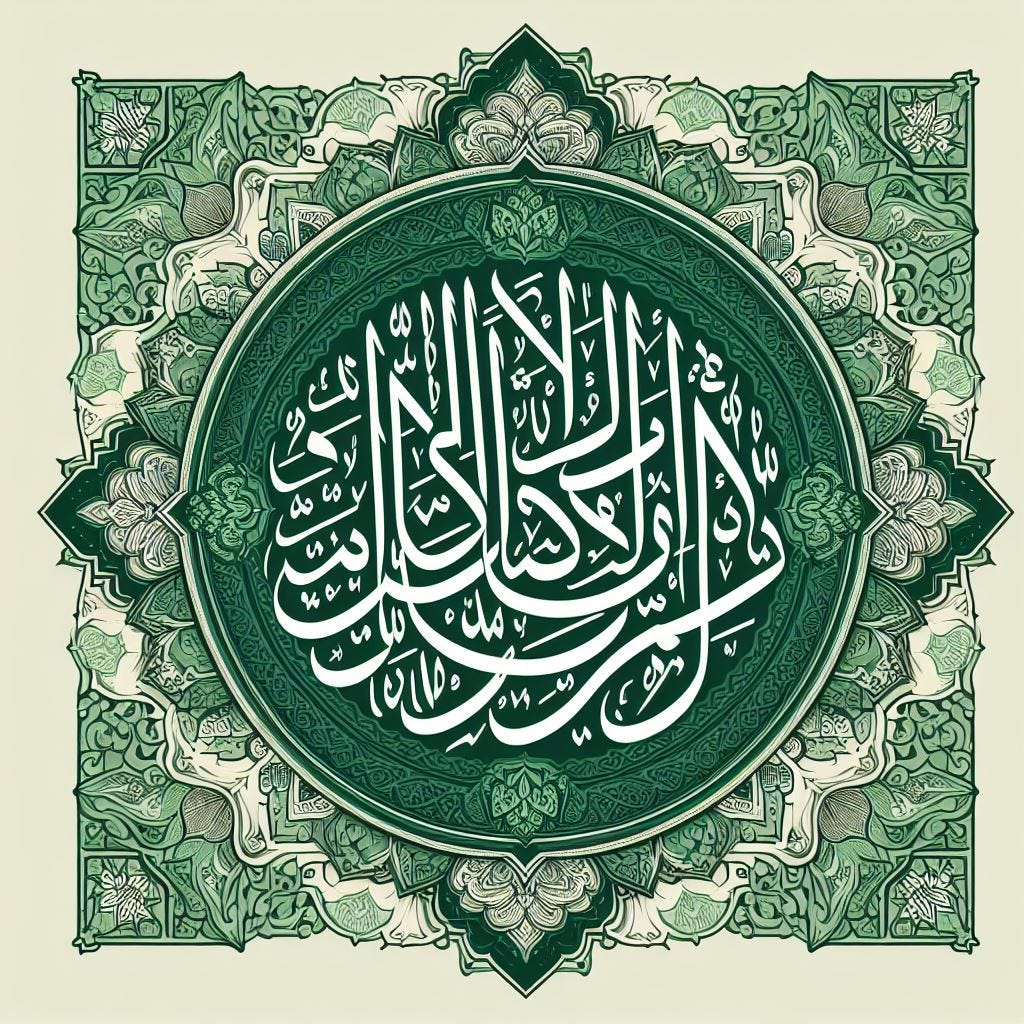
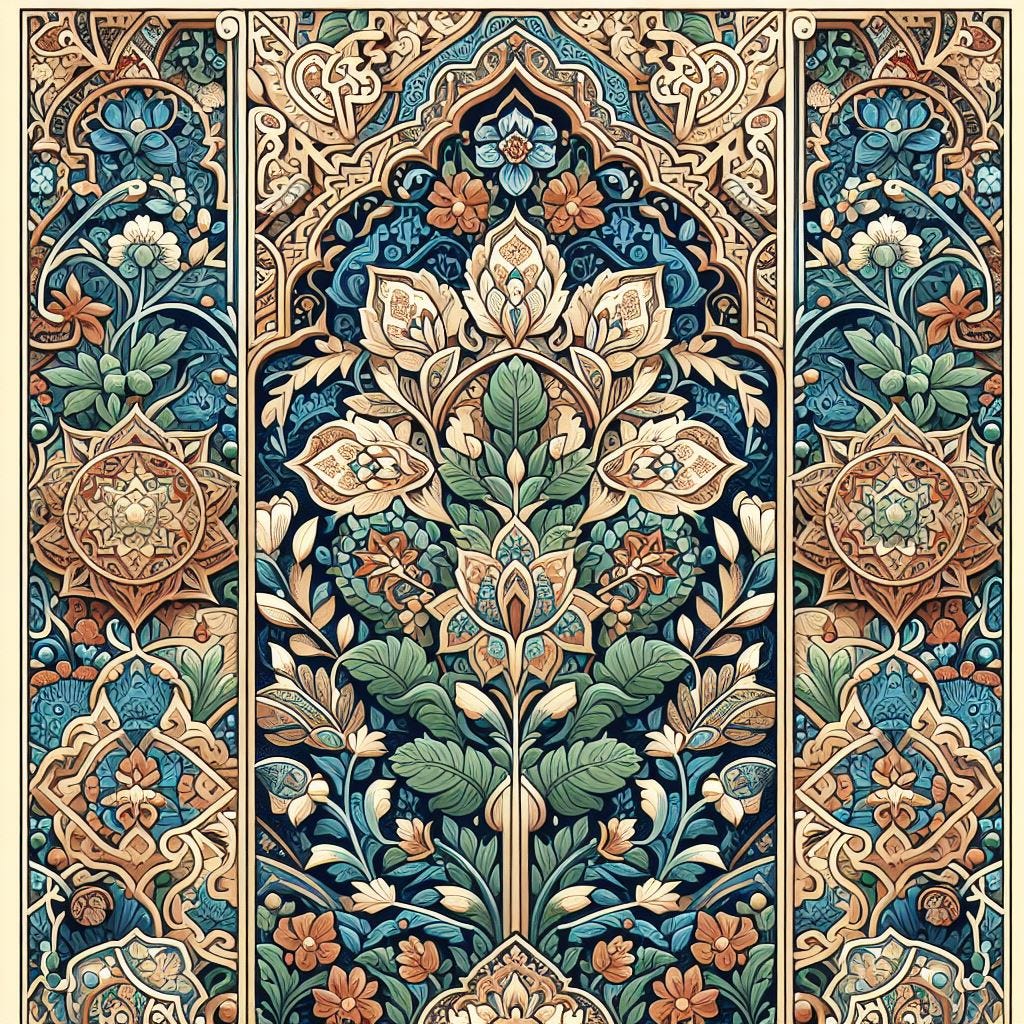
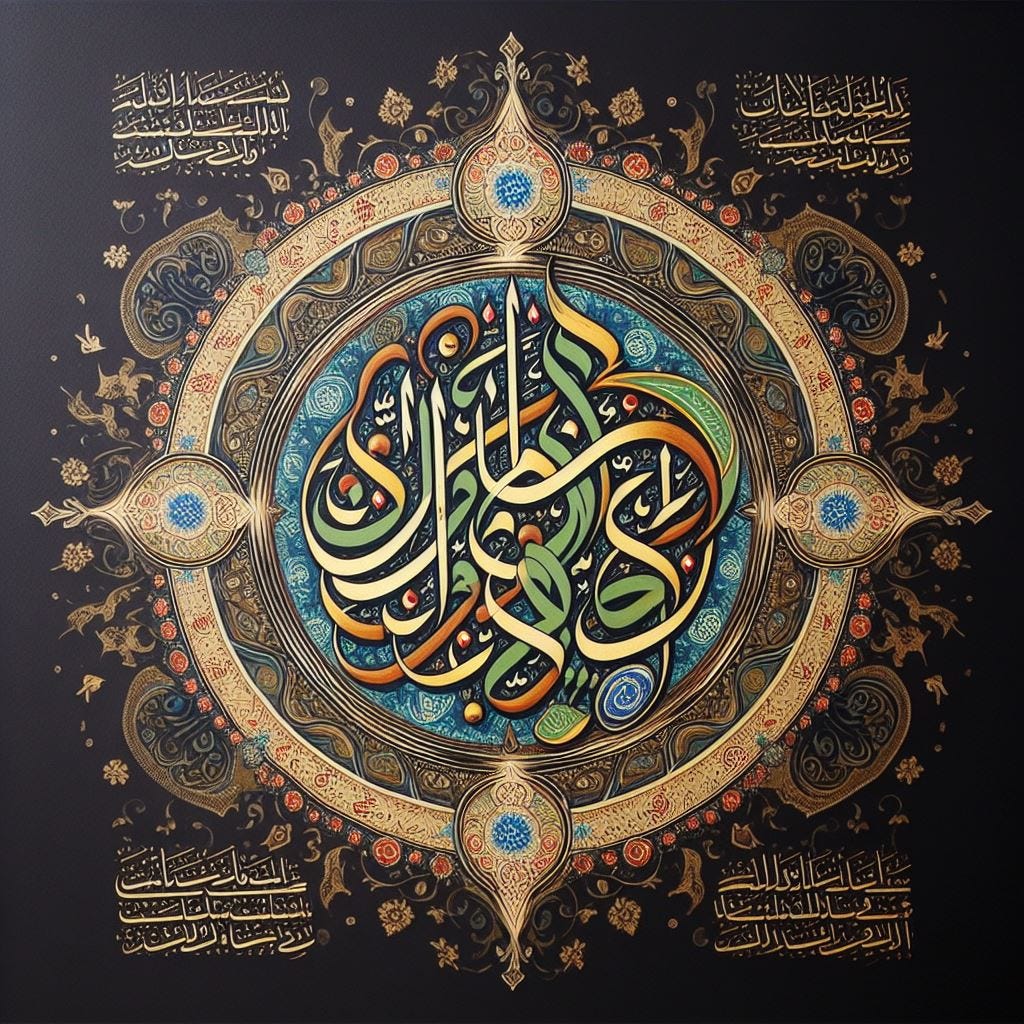
“...the vast majority of Moslems are good, kind and loving people who—just like Westerners—want to live in peace in their own countries, go to school, find a career, get married, have children, and raise their families in the best way they can.”
Sigh. Replace “Moslems” with any religious, political, geographic or ethnic identifier and these words describe most people everywhere, don’t they? There there are those other people, the ones that draws lines and fight, the ones who cling to distinctions and divisions instead of seeking common ground. Thank you for this excellent post!